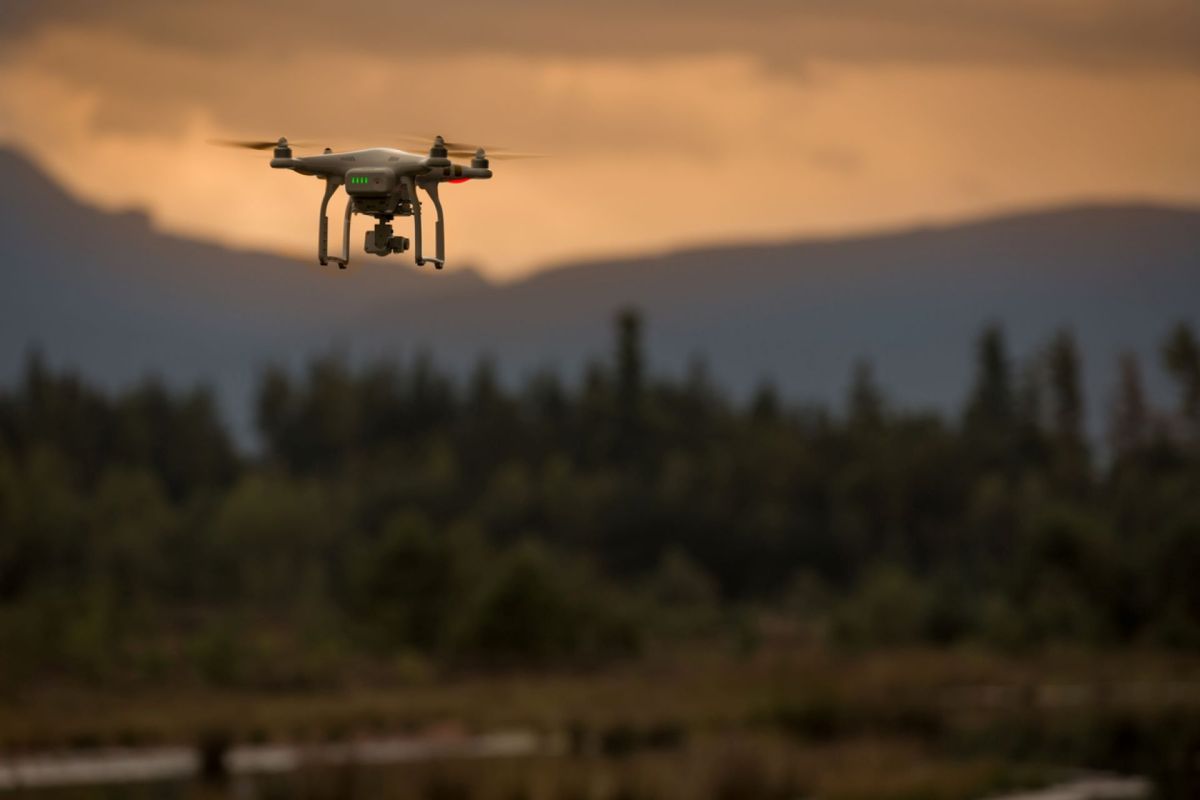The Fukushima Daiichi nuclear power plant in Japan has been an unexplored mystery after it was hit by devastating natural disasters over a decade ago, but that is set to change soon.
According to the Associated Press, a drone "almost the size of a slice of bread" has been developed in Japan in hopes of capturing clearer footage of one of the reactors inside the plant 13 years after a tsunami and 9.0-magnitude earthquake in March 2011 destroyed the plant's power supply and cooling systems.
Three reactors melted down in the wake of the disasters, and "massive amounts of fatally radioactive melted nuclear fuel" remain inside the plant to this day.
The small drones were developed and unveiled by the plant's operating company, Tokyo Electric Power Company Holdings, on Jan. 23. TEPCO had endured previous failed attempts at exploring the plant, as debris, high radiation, and an inability to maneuver through the rubble hindered the robots sent into each of the three reactors.
During a demonstration at the Japan Atomic Energy Agency's mock-up facility in Naraha, a drone weighing just 6.5 ounces showed its agility through mock-up remains while continuously sending a live feed from its camera to an operation room.
Shoichi Shinzawa, the probe project manager, said four drones were ready to be deployed into the No. 1 reactor at the Fukushima Daiichi power plant. TEPCO plans to send the drones into the reactor's primary containment vessel in February.
While nuclear energy does cause safety concerns due to past disasters like Chernobyl, there are benefits to the environment when properly stored and distributed. Nuclear energy is a major source of low-carbon energy, so reactors don't release harmful carbon pollution into the air while operating, unlike fossil fuels that are heavily relied upon in the United States.
The footage captured by the drones will hopefully help the development of a more realistic plan to clean up the nuclear waste left at the plant. The Associated Press noted, "Critics say the 30-40-year cleanup target set by the government and TEPCO for Fukushima Daiichi is overly optimistic. The damage in each reactor is different and plans need to be formed to accommodate their conditions."
It was also pointed out that Japan has already begun releasing the plant's treated and diluted radioactive wastewater into the sea and will continue to do so for decades, which could potentially have serious ramifications on marine life and the rest of the environment.
Join our free newsletter for weekly updates on the coolest innovations improving our lives and saving our planet.









